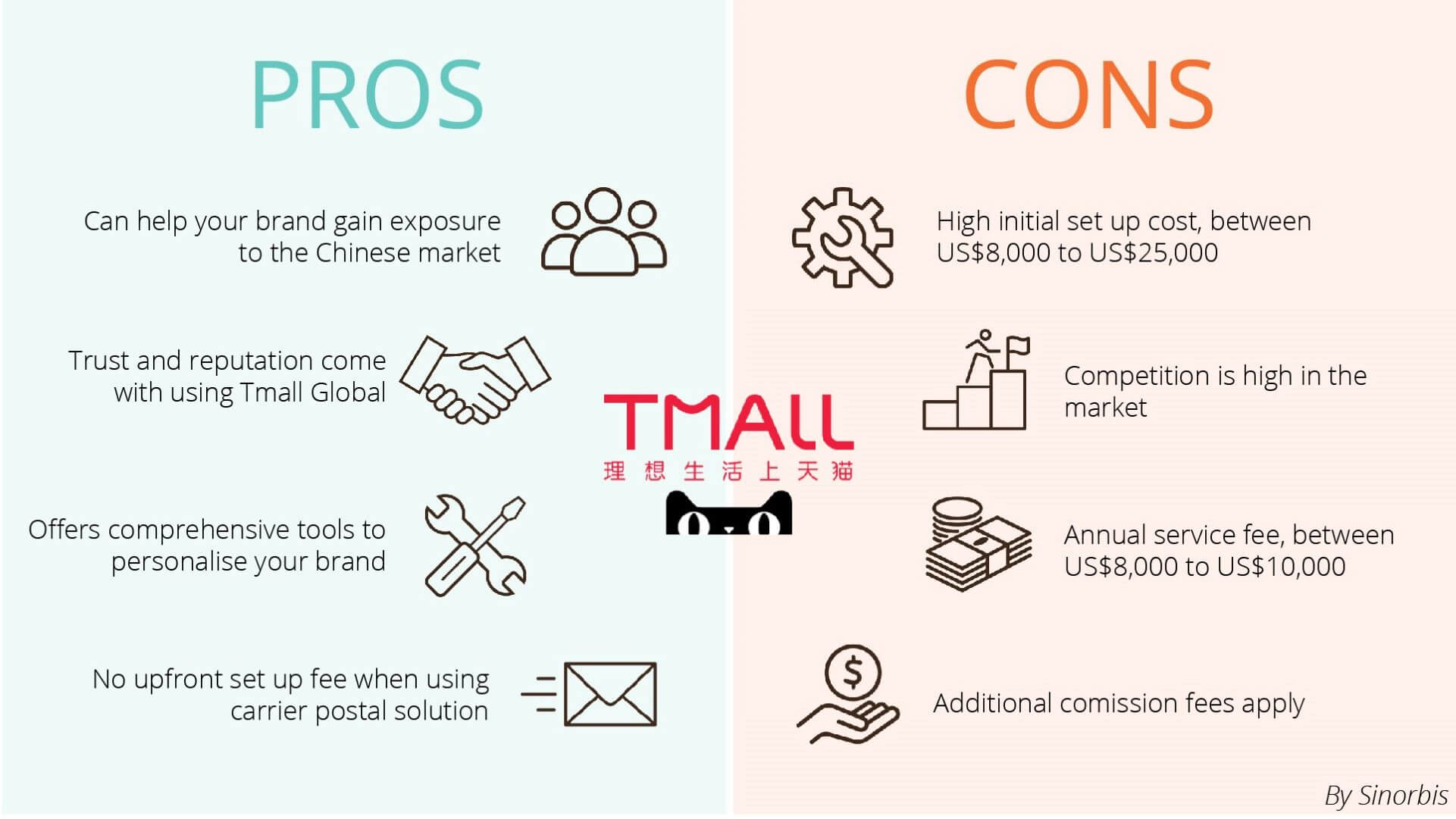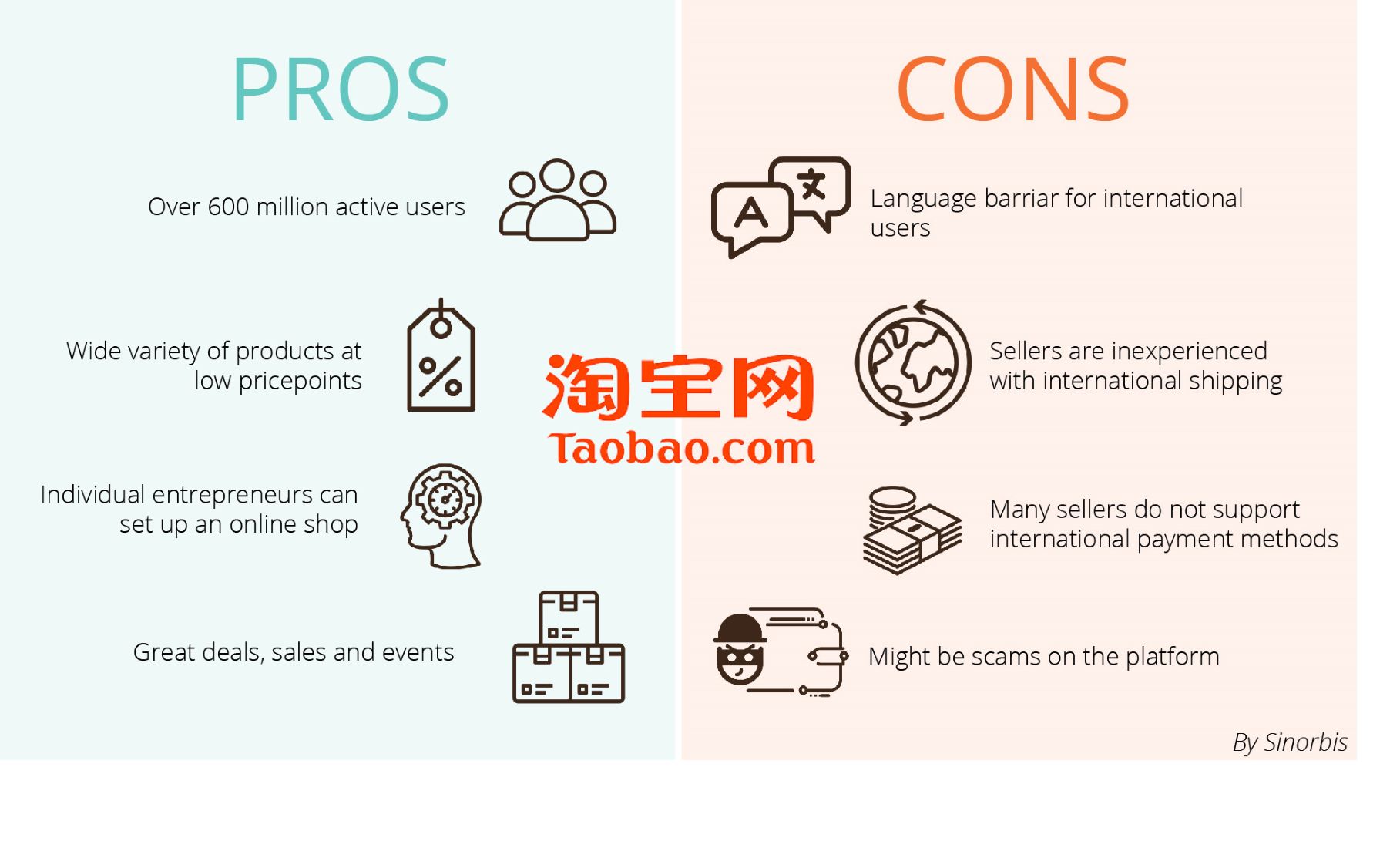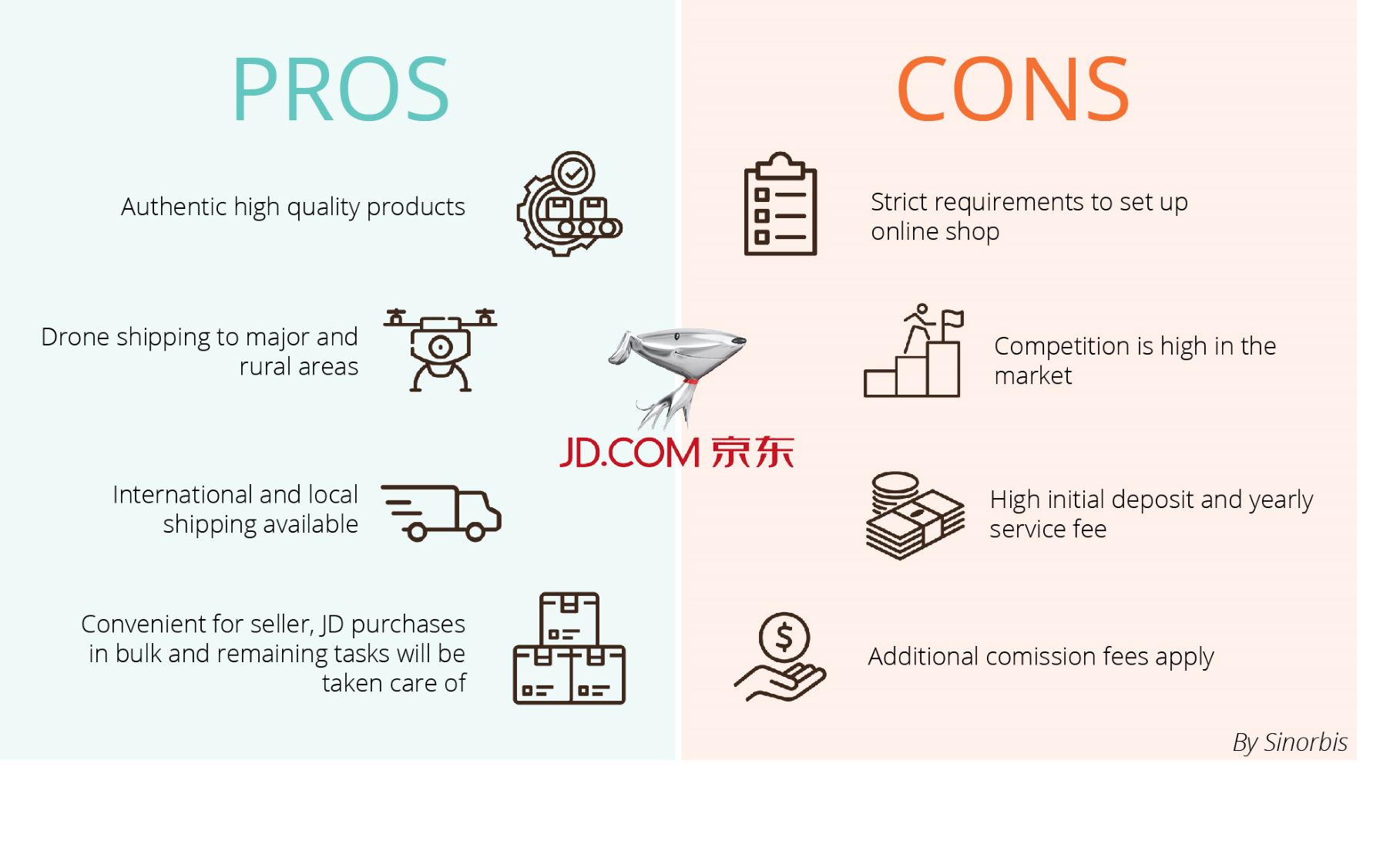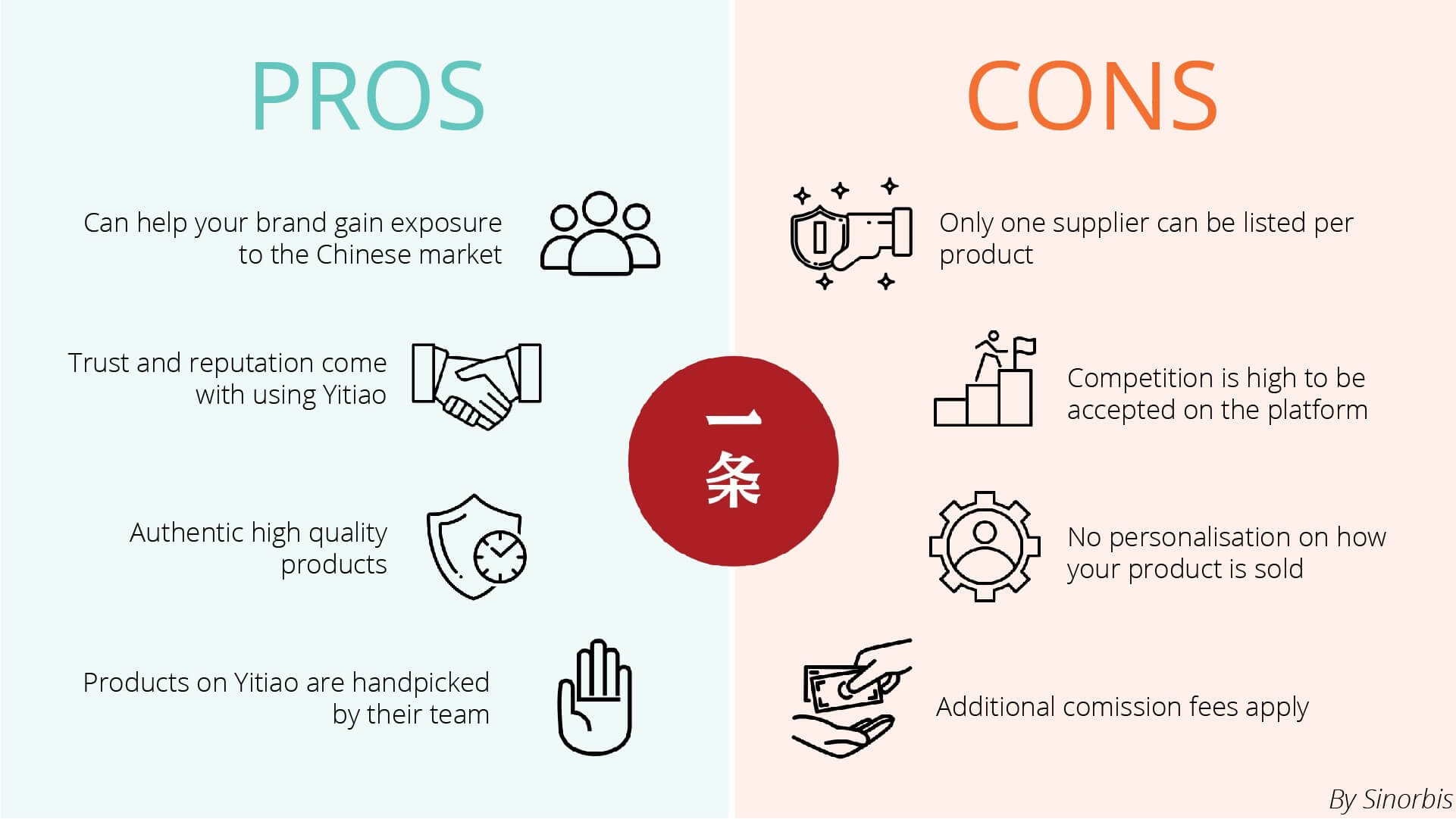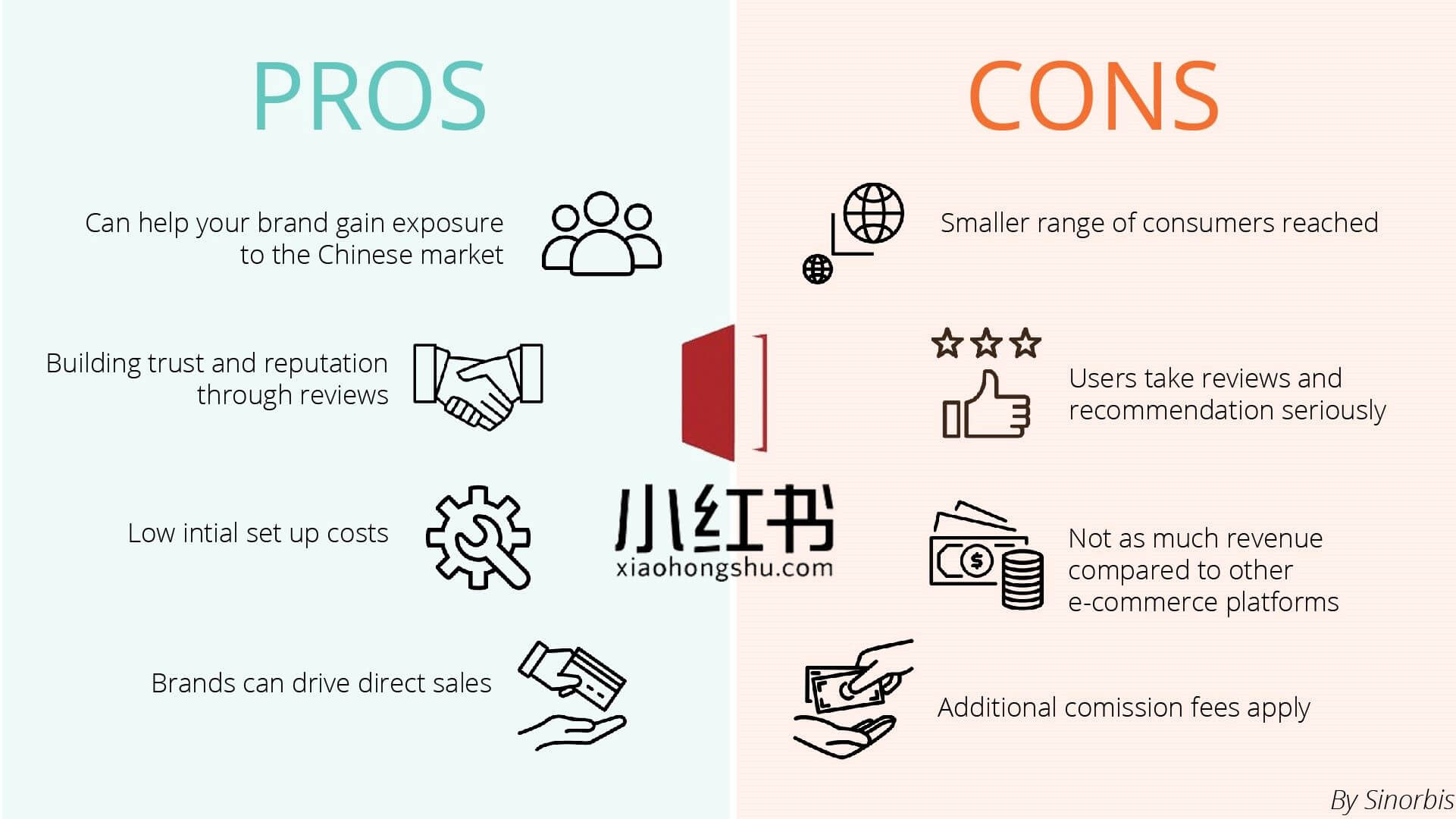Chinese e-commerce
With over one billion internet users, China is the fastest-growing and largest e-commerce market in the world. Expected to reach two trillion USD in 2025. While COVID-19 certainly has had an impact on Chinese shopping behaviours, e-commerce is still expected to remain a growing channel. What will inevitably change is what people will be purchasing. The future trends of e-commerce will only continue to improve on the model we currently have. The Chinese e-commerce sector is more than three times the size of the US market, which ranks second. Like these statistics have shown, China is a very popular destination for international businesses to enter the market. In this article, we will be covering several e-commerce sites that are making waves in China and find the perfect fit for your business. But first, let us understand the importance of e-commerce and how it’s used in China.
Why is e-commerce so popular in China?
There are many reasons why online shopping in China has increased in popularity more and more. For one, it is significantly more convenient for Chinese consumers to shop online rather than offline. They can beat the crowds and browse around the clock, all from the comforts of their own home. What’s more, it’s much easier to compare prices online, so online shopping is a great way for savvy Chinese consumers to ensure they are getting the best deal.
For Chinese consumers living more regionally or in second or third tier cities, they can have access to a range of products online that they may not be able to find locally in their stores. This is especially true for international brands as many of them are focused on first tier cities when it comes to opening a bricks-and-mortar presence. Lastly, the increase of mobile phone usage among the country’s middle-class population is further driving the adoption of e-commerce.
Looking at the e-commerce market in China, we can clearly see that it has evolved into a universe of its own. And will continue to shapeshift with new trends changing China’s e-commerce economy all the time. In the next few years, we can expect these 5 developments to continue to drive growth.
1. Mobile e-commerce
With the growing popularity of mobile usage, mobile e-commerce will continue to be the leading source of online shopping. The use of online payment is also a factor in the rising popularity due to convenience.
2. Faster parcel delivery outside tier one cities will continue to drive growth
In the past, non-tier one cities experience delayed shipping. Today, companies like Alibaba and JD are ensuring fast delivery to all cities. This motivates consumers outside tier one cities to use online shopping platforms and drive growth in this sector.
3. Fresh food e-commerce will start gaining traction
Fresh food stores like Hema has changed the way consumers purchase their daily groceries. By combine online and offline shopping, consumers are able to receive fresh groceries at their doorstep while ensuring the quality and freshness of the produce.
4. Higher demand for quality imported e-commerce goods
Chinese consumers believe there is a high correlation between imported goods and quality. Products shipped from overseas are regarded highly by Chinese consumers, therefore, imported goods has been in high demand in China.
5. Video streaming
Western video streaming platforms like YouTube are unavailable in China. To fill this void, domestic video streaming platforms has been created. Platforms like Youku, Tencent video and short form video platforms like Douyin were created based on their western counterpart. Today functionalities within these platforms have now surpassed it allowing for success in e-commerce and marketing strategies.
How are people using e-commerce in China?
1. Domestic e-commerce market
Western brands look towards China as a land of new opportunity with vast growth potential. While there still many opportunities for international brands in the Chinese market, entering it has become more complex over the years.
Firstly, there are many international brands competing for the attention and wallets of Chinese middle class and affluent buyers. At the time of writing, there were 25,000 brands from all over the world listed on Tmall alone. And Tmall’s parent company Alibaba has announced that they are planning to add 1,000 more in the coming year. Depending on what category your product is in, this means that you may need to invest heavily to drive brand awareness and cut through the noise.
What’s more, some of the recent political tensions between China and the US have led to a temporary preference of Chinese products over US ones within some Chinese consumer segments. While these trends tend to shift quite quickly, it’s important to keep in mind that these external factors can have an impact on your results.
2. Cross-border e-commerce
Cross border e-commerce has been growing significantly in China. In 2017, cross border e-commerce in China accounted for 100.18 billion dollars in retail sales. Since 2017, that number has grown to 164.29 billion dollars and still continuously growing. There are several reasons as to why this is.
In some categories, international products are considered to be superior and safer than local alternatives. For example, in 2008 a domestic baby formula brand contained melamine. Unfortunately, six babies died and over 300,000 babies became ill. Although this happened over 10 years ago, Chinese consumers still do not fully trust domestic milk formula products.
Furthermore, cross border e-commerce using Daigous has been on the rise. Literally translated, daigous means ‘buying on behalf of’ and refers to the practice where a (usually Chinese) individual based in an overseas market will purchase products on behalf of people in Mainland China. This is a popular practice as products are often still cheaper when buying them through daigous than when buying them through official stores in China. And there’s also the added trust factor of buying something through a person in your extended network.
Lastly, cross border e-commerce has been rising in popularity due to the ease of access and price difference in obtaining foreign brands. Although the same or similar product can be purchased in China, customers usually find other avenues in order to save on import taxes.
3. Online meets offline
Alibaba and JD have been opening retail outlets across the country focusing on offering more convenience and a better experience for grocery shoppers. Hema is a popular grocery chain owned by Alibaba in China that merges an online and offline shopping experience. Its main purpose is to serve locally, anywhere within a 3km radius. Hema is driven by customer purchases and data analytics to ensure the shop has enough stock to cater to the community without wasting large amounts of food.
By combining the online and offline experience, Hema is able to cater to a wider audience that has a variety of shopping habits. On average, 60% of users choose to do their groceries online compared to offline. By choosing to shop online, one can log into their app and chooses their desired groceries. Once chosen on the app, workers at Hema will begin collecting and packaging the users order in prepare it for delivery. From purchasing on the app to delivery to your door, scooter delivery will get to consumers within 30 minutes to ensure fresh produce.
If consumers choose to shop in store, the experience is unlike your typical grocery store run. The in -store experience is catered to the reasons why people would want to shop in person. The centerpiece is targeted towards customers that personally want to select their own seafood. The digital price tag is changes according to market prices. Shoppers can also scan the QR to learn about the origin of the item, when it was caught and recipe suggestions.
Popular e-commerce channels
Tmall
With a market share of 30%, Tmall is China’s largest B2C (business to consumer) e-commerce platform. Tmall is owned by the Alibaba group with over 400 million active users and 20 million users searching, purchasing, and reviewing products on the platform. The popularity of Tmall comes from being able to purchase global and local brands with the reassurance of quality.
With Tmall, there are two types of online shops, Tmall China or Tmall global. Tmall China is used for businesses that have a physical presence in China, while Tmall Global is for international businesses to easily reach Chinese consumers. In this case, we will be focusing on Tmall Global and looking at the pros and cons of setting up an account on Tmall Global. Previously, we have written an article analysing why some businesses are successful on Tmall while others fail, check it out here.
It is important to note that Tmall Global is successful because customers want to import international goods into China. One of the leading products on the marketplace are luxury imported cars such as Lamborghini and Mercedes, a category that has seen a growth rate of 400% year-on-year. Another highly popular product on Tmall Global is imported food. For instance, American cookies and other classic US foods have at times seen such a surge in demand that they were selling out and needed to be pre-ordered. As you can imagine, between high-end cars and cheap snacks, the range of products being sold on Tmall Global is huge.
In Tmall, there are over 20,000 international brands from 77 countries. In fact, for more than 80% of those brands, Tmall Global store was their first appearance in the China market. Here are 3 tips to help you successfully launch a Tmall Global store in China:
1. Understand you value proposition in the Chinese market
2. Add local expertise in your team
3. Double up on brand and product promotion
Launching a successful Tmall store in a complex online marketplace is far from easy. Read this article for more details, or if you want to learn even more download our Tmall 101 guide.
Taobao
Owned by Alibaba and headquartered in Hangzhou, Taobao is the world’s largest e-commerce website that facilitates consumer to consumer retail. This platform allows small businesses and individual entrepreneurs to open online stores that cater to Chinese speaking regions. Taobao has over 600 million active users with space to grow in less developed areas.
The popularity of Taobao is directly related to the convenience and product variety sold at an affordable price. While there are definite advantages of shopping on Taobao, there are also disadvantages which are outlined below.
Difference between Tmall and Taobao
Both Tmall and Taobao are owned by Alibaba group, and although they seem similar there are many differences between the two platforms. One of the main differences would be that Taobao focuses on C2C (consumer-to-consumer) versus Tmall’s B2C (business-to-consumer) model. Taobao’s system allows sales of goods and services between individuals. Taobao acts as a middleman in the exchange of goods between private sellers and the buyer.
As stated above, Tmall focuses on a business to consumer model. This means the seller must be a legal entity when offering their goods to consumers. To open a digital shop on Tmall, businesses must provide all necessary documents to confirm reliability and the existence of the business. Under Tmall, Alibaba guarantees that good are official and will provide certificates of quality compliance. In addition, consumers turn to Tmall to find authentic branded items and even cross border products.
These products are usually shipped from Hong Kong, Europe, Australia, or the United States. Tmall, with its Tmall Global platform is open to overseas and Hong Kong companies.
Taobao attracts a lot of domestic businesses but they need to meet certain requirements in order to set up a digital shop. Only registered Chinese businesses are able to set up a Taobao shop. In order to become an official Chinese business, it can take up to 6 months and up to 30,000 RMB. Therefore, Taobao is strongly perceived as a domestic e-commerce site for domestically made products.
Which platform should I use?
To sum it up, both platforms serve their own purpose. Taobao is a C2C (consumer to consumer) platform focusing on the domestic market. Therefore, you can find both real and counterfeit products at a cheap price. On the other hand, Tmall is run on a B2C (business to consumer) model and one can find authentic international brands. Depending on the item you are selling, both platforms can be of advantage to your brand.
JD
JD, also known as Jingdong is a Chinese e-commerce company headquartered in Beijing. It is one of the two massive B2C (business to consumer) online retailers in China, the other being Tmall. The company has around 30% percent share of the business to consumer online market. JD prides itself in being a platform for high quality and authentic goods. This is a major advantage in the e-commerce sector in China because of the high percentage of counterfeit goods being sold. Back in 2015, JD developed a drone delivery program delivering to not only the major cities but also rural areas. Their idea is to give all consumers access to quality goods, no matter where they are. Like the other mentioned platforms, JD does have its pros and cons as listed below.
JD attracts plenty of customers looking to purchase electronics and home appliances. Among many young and middle-aged men, JD is the preferred business for them to purchase their electronics. Not only do they pay attention to their online clients, JD also has over 10,000 retail stores across China.
Yitiao
Yitiao is an online video content production company and e-commerce platform. In 2005, Xu Husheng took over as chief editor of magazine, The Bund. At a time when digital media was quickly evolving and magazine subscriptions were declining everywhere, his appointment was the last effort to save the publication by turning into more of a lifestyle magazine and giving it an international flair. But the arrival of smartphones and the emergence of WeChat in 2013 led to a further decline in sales and the need for an innovative approach to counter the trend. Xu Husheng noticed early how popular videos on YouTube where becoming among netizens outside of China. He saw no reason why this approach wouldn’t also work in China and decided to launch Yitiao.
Today, Yitiao (meaning one piece or one product) produces high-quality videos showcasing well-designed homes, architecture, crafts, photography, art, and lifestyle products. The content is designed for audiences who desire a luxury lifestyle who are attracted by Yitiao’s aspirational video content. Yitiao integrates their video marketing with their e-commerce channels, making it possible for viewers to easily purchase the products they are seeing in the short clip. Yitiao’s business motto is “Don’t sell products, sell stories”. The popularity of the platform has been growing continuously and Yitiao has now even opened a brick and mortar store in Shanghai.
First launched in 2013, Little Red Book is a social media and e-commerce platform. By July 2019, it had over 300 million registered users. The app content is built around product reviews and photos curated by customers who have firsthand experience with using the product. Little Red Book identifies as a first-party distributor. Brands sell their products to Little Red Book and they will then distribute it to customers directly.
The platform has become highly popular because of the trust between consumers place in their authentic customer reviews. Little Red Book incentives its users to post reviews through a rewards system that even pays commissions to its most influential users. Below are a list of pros and cons of using this platform.
Although users can find information on many products, Little Red Book mainly focuses on cosmetics and beauty products. Little Red Book’s popularity has been continuously on the rise because of the unique features it offers. If you target audience is young women interested in beauty and fashion, Little Red Book is certainly worth looking into. Not to mention, having your brand gain exposure and credibility through the platform.
Final Words
As this article shows, China is home to the world’s largest and most dynamic e-commerce market and it’s fast becoming a global leader in this space. A growing number of companies are looking to list their products on these platforms to continue to grow their business internationally. And while these platforms can be great channels to sell directly to Chinese consumers, it’s important that brands work on building awareness via their own Chinese website and WeChat account.
As more and more brands are competing for the attention and wallets of Chinese online shoppers, making the effort to adapt your marketing and messaging to their needs can make a real difference to the ROI you will be able to achieve via Chinese e-commerce channels.


